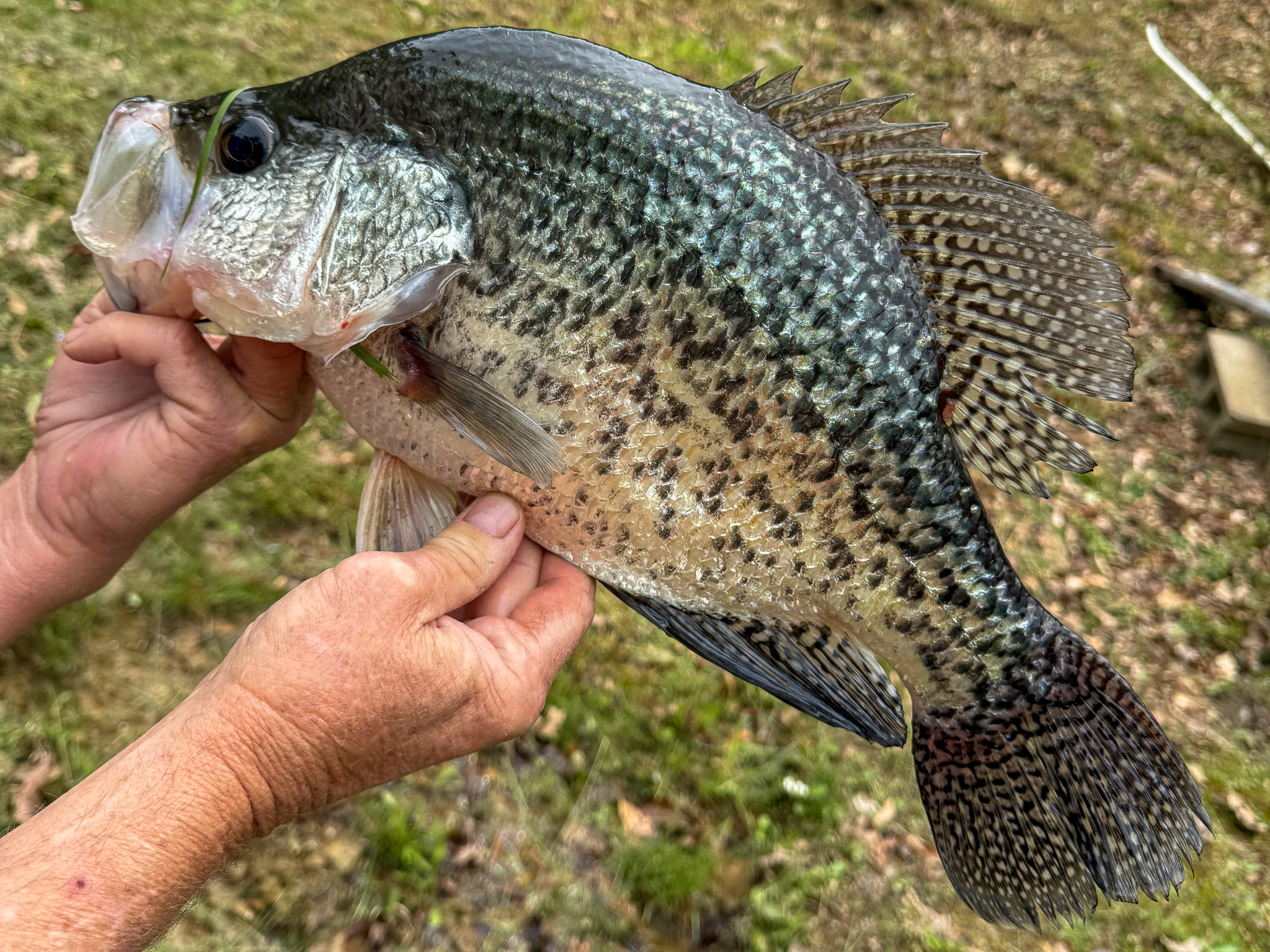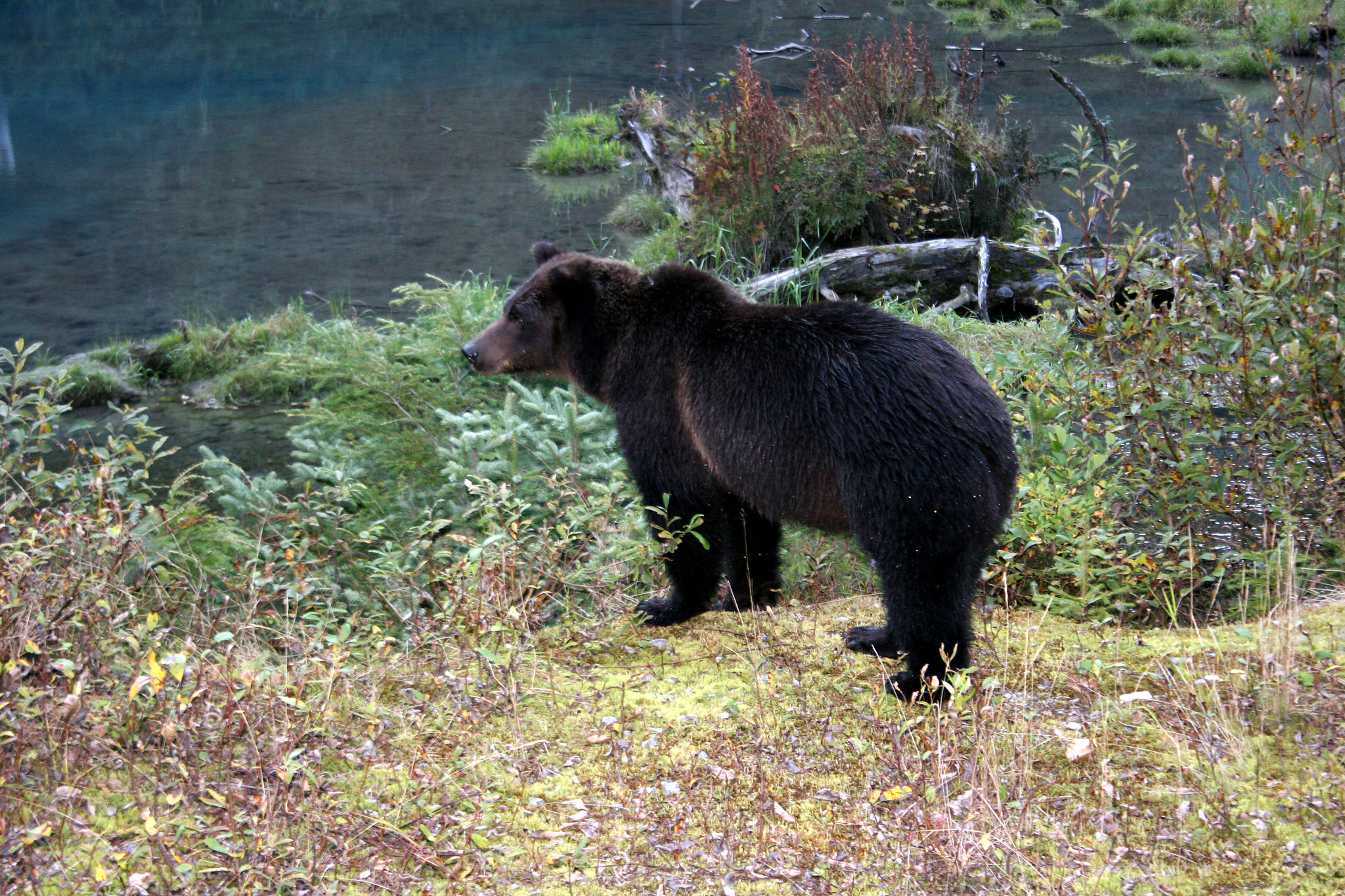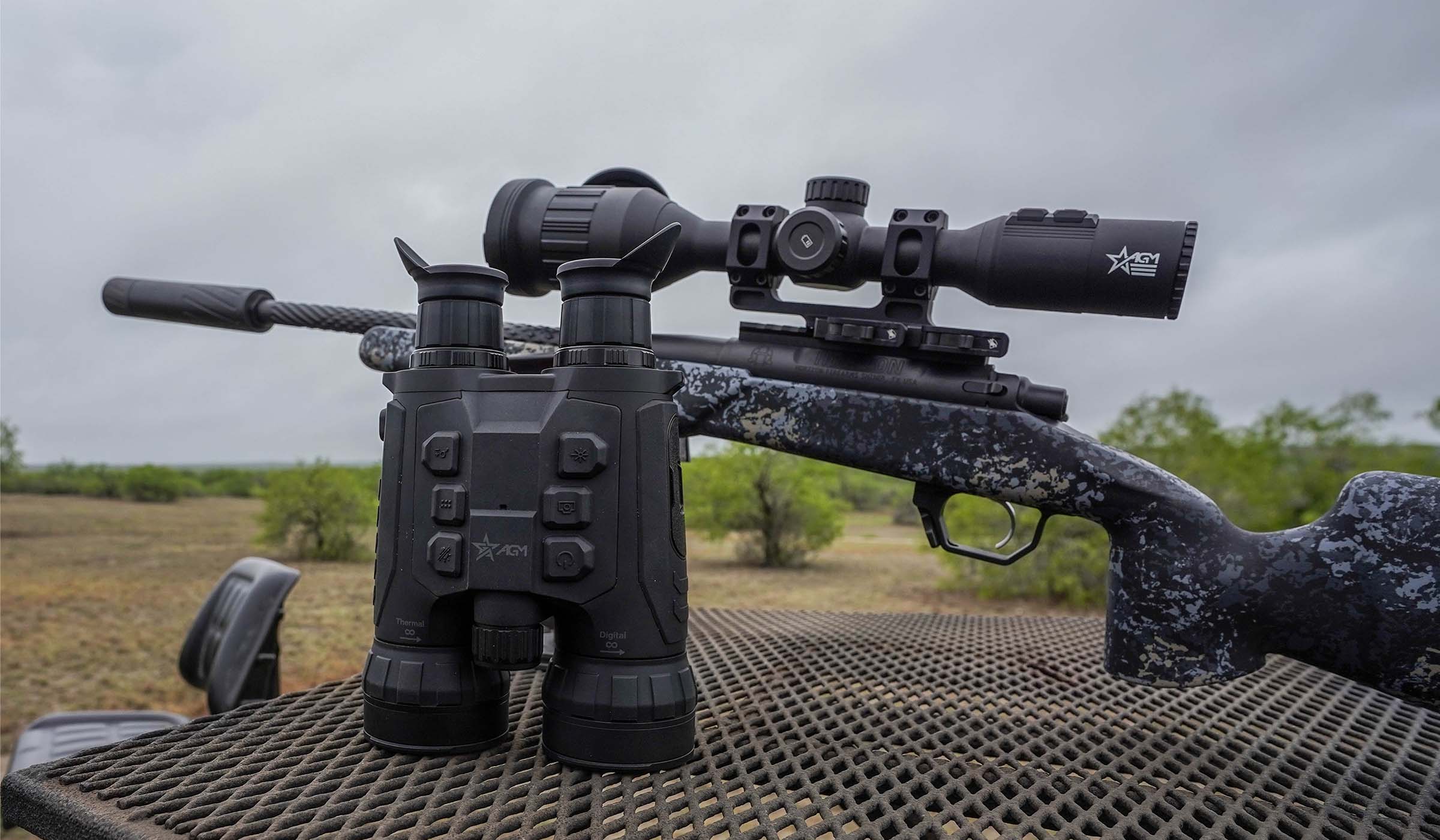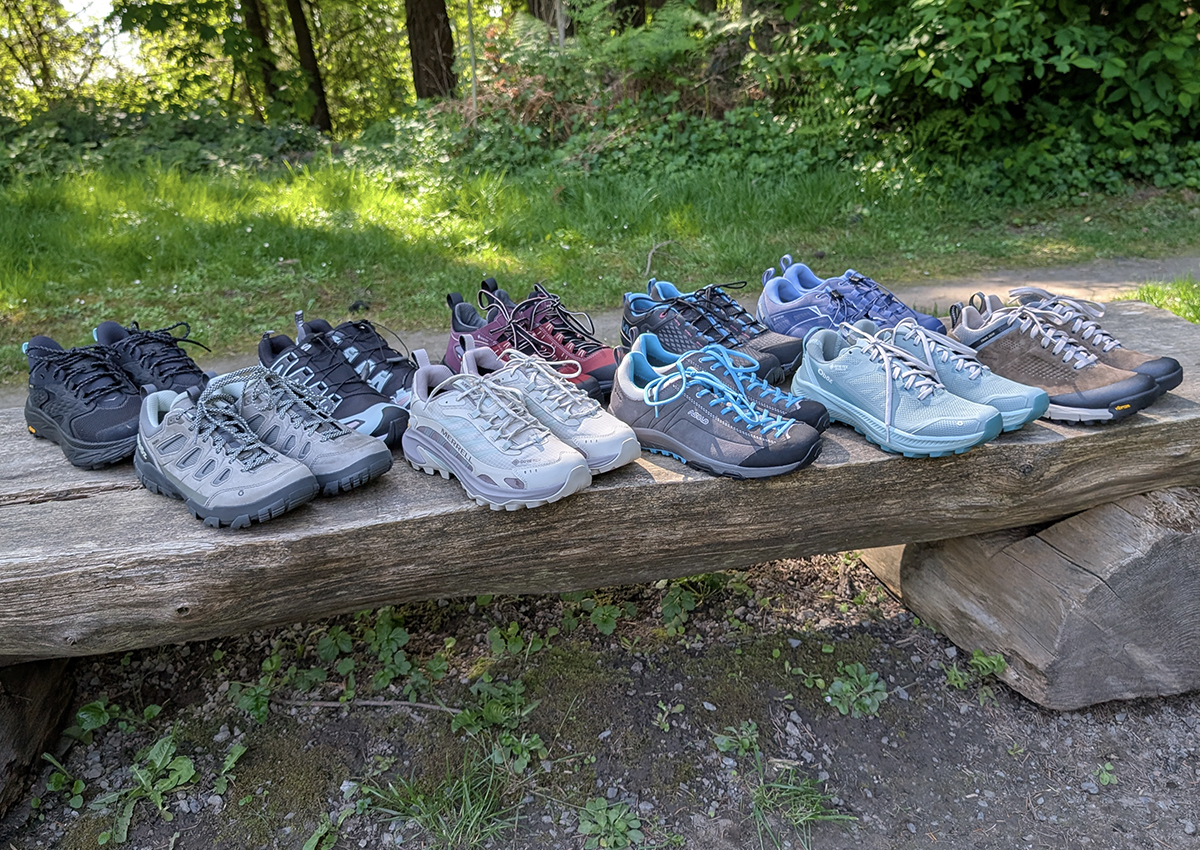Cobia That ‘Acted Like Four Bags of Cement’ Stands to Crush Current World-Record by 40 Pounds

It was February 8 on all-day offshore charter fishing trip for 10 men off Southwest Australia to celebrate the 21st birthday of local angler Lucas Tapper.
“My friend Callum Tapper set up a day of charter fishing on my boat for his son’s birthday party with a bunch of his young mates,” Capt. Drew Clowes tells Outdoor Life. “We ran my 54-foot boat ‘Jazz Four’ out of the town of Fremantle [near the city of Perth, in southwest Australia] early that morning trying for tuna. But the fish weren’t cooperating, so we then headed to a reef in 100 feet of water about 14 miles offshore to bottom fish.”
About 9 a.m. one of the men aboard cast a heavy jig threaded onto a 7-inch soft-plastic jerk shad. With a spinning rod he slowly worked it along bottom, and soon hooked a deep, stubborn fish that refused to come topside.
“Koby Duncan is a strong and tough lad, and he was putting everything he could on that fish and it wouldn’t leave bottom,” says 49-year old Clowes, who’s been running charter trips for 12 years. “That fish made eight or nine deep runs and wouldn’t come up. Koby is a rugged commercial octopus fisherman, and he knows how to handle a rod and reel. But the fish wouldn’t rise off bottom.
“I told him at least 10 times to cut his fishing line, because I just knew it was a huge stingray, and he was wasting his time and energy fighting it.”
But Duncan, 18, stayed on the fish, muscling it with a stout spinning rod coupled with a Shimano Saragosa 6000 spinning reel spooled with 30-pound braided line and a 40-pound fluorocarbon leader.
“He was fighting something deep that acted like four bags of cement,” says Clowes, who lives in Padbury. “But he’s a stubborn lad, and eventually after about 15 minutes he got it up, and I saw its huge head above water.”
The fish was about 100 yards away, and Clowes couldn’t identify what it was.
“I just saw the head and I thought it might have been a big shark,” he said. “Then it dove, and I saw its tail above water. I thought its tail looked like a sturgeon, which didn’t figure.
“Finally, he got it near the boat, and I got a glimpse of the fish and saw it was a cobia. That’s when I told Koby to take his time fighting it, because I knew it was a big one, maybe an area record or better.”
The cobia was worn out by the time Duncan got it close, so he moved to the low transom boat stern to land it.
“Those young lads rushed to the stern, and my deck hand Harley Jarosz gaffed the fish, and they hauled it aboard. I knew that cobia was something special. I’d never seen one that had such a prehistoric look to it. I didn’t know it could be an all-tackle world record, but surely it was a local or maybe a line class record.”
After they were done fishing and ran back to port, they took the cobia to the Geraldton Fishermen’s Co-operative where they had a certified scale. Weighmaster Paul Cramer certified the fish weighing 175.49 pounds, with an overall length of 77.56 inches and a girth of 40.94 inches.
Cramer is a local gamefish association weighmaster and will be involved with certifying Duncan’s catch as an Australian record — and hopefully an IGFA world record.
The current all-tackle IGFA world-record cobia weighed 135 pounds 9 ounces and was caught from Shark Bay in Western Australia in 1985 by angler Peter Goulding. Shark Bay is just north of Perth, where Duncan’s 175.49 pounder was caught on Feb. 8.
“It’s a real rarity for big cobia in our waters here. But we’ve had some very strong and unusual currents recently, and that may have had something to do with that cobia being here.”
Read Next: ‘What Do I Do Here?’ Watch Angler Catch 19 Pounds of Bass on a Single Cast
Clowes has the cobia stashed in a big freezer.
“We’re gonna have a taxidermist make a mold of the fish, and then mount it to display. But we’re gonna keep it frozen for awhile until all the record paperwork is completed and it moves through the organization channels for certification.”
Read the full article here







